SEQENS
Calcium Sulfonate Grease – Improving Biodegradable Solution
By Guillaume Notheaux, Lubricant Additives R&D Manager and Marie Legatte, Advanced Specialties BU Marketing Manager, SEQENS | TLT CMF Plus November 2022
Introduction
The estimated market share of grease being “environmentally friendly” is low (3-5% in EU, 0.9% in the world), mainly driven by EU and US. The last few years was a period of change for biodegradable lubricants (EEL, VIDA/VGP… were revised) and many other labels, or standards are focusing on bio-lubricants (Blue angel, Nordic swan, Swedish standard, OSPAR, Clean Water Act …). Moreover, specific markets have a strong focus on biodegradable greases (marine, forestry …) where the lubricant is lost.
During the 74th STLE in 2021 and relayed in TLT 2021 nov.
1, the opportunities of the “1-step process” from SEQENS have been presented, with the advantage to choose 100% of the carrier of the final grease, leading to the launch of the first biodegradable OBCaS grease.
Over Based Calcium Sulfonate (OBCaS) greases are well known in the industry (premium greases for high load, high temperature applications, water resistance, mechanical stability, and intrinsic anticorrosion protection). This is the highest growing market compared to other thickeners with a CAGR of more than 12% (NLGI 2019 grease production survey).
For this second round, keeping in mind the objective of biodegradability, as well as market request and the new HPM specifications, research has been carried out to improve 3 main parameters: the corrosion preventive properties under dynamic wet conditions (EMCOR), an extended range (with better behavior at low temperature or with higher viscosity’s carrier), and the oxidation stability (RSSOT).
By using 100% of esters carrier, OBCaS greases, from SEQENS fit in the category of highly renewable and biodegradable. They complete the wide range of biodegradable greases mostly represented by products based on usual lithium or calcium soaps, with high performances. These 3 improved parameters are the new steps to enlarge bio degradable greases offer based on OBCaS.
Improve the Corrosion Preventive Properties Under Dynamic Wet Conditions
OBCaS greases are based on a globular structure (not on a fiber network), built up with « core/shell » of calcium carbonate nanoparticles, stabilized with Calcium sulfonate. The strategy to improve the Emcor test results was to use the carpeting model or Hardy theory
(figure 1), by introducing different co-acids, to reinforce the density of the top layer. The goal with our specific 1-step process is not the amorphous-calcite conversion, or not decreasing the amount of soap, directly linked to specific performances, so co-acids used are different from the conventional OBCaS grease (2-step process).
 Figure 1: Carpeting model – Hardy theory.
Figure 1: Carpeting model – Hardy theory.
Results
(figure 2) are very encouraging on the new grade V2046 compared to the existing grade KELICO BG, since this option did not affect either the rheological behavior or shear stability, pumpability at low temperature, anti-corrosion properties and most important, the biodegradability and labeling.
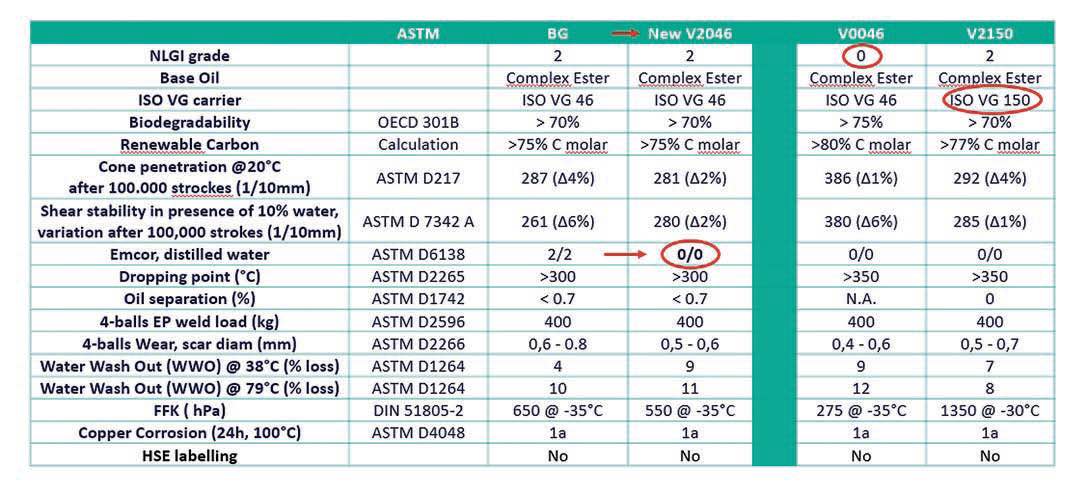 Figure 2: Results of the new V2046 compared to the existing BG & new grades V0046, V2150.
New Request From the Market, New Grades – Good Behavior at Low Temperature and Multipurpose Grease
Figure 2: Results of the new V2046 compared to the existing BG & new grades V0046, V2150.
New Request From the Market, New Grades – Good Behavior at Low Temperature and Multipurpose Grease
NLGI grade 0 seems to be closer to the use with an ISO VG 46 carrier for low temperature use or high speed. NLGI Grade 2, with a higher viscosity carrier ISO VG 150, appears to be more interesting for multipurpose use. Considering that mains characteristics are driven by the thickener, and that the flow pressure at low temperature is related to the base oil (and the soap amount), uncertainties concerned the impact on overall performance for NLGI Grade 0 / ISO VG46 and low temperature behaviour for NLGI Grade 2 / ISO VG 150.
Results
(figure 2) for new V0046 and V2150 are very encouraging since main performances are maintained, which reinforces the interest of one-step technology.
Oxidation Stability
Biodegradable OBCaS grease are based on complex ester to ensure biodegradability. OBCaS grease are known for their excellent thermal stability. So obviously the oxidation stability was a key topic, studied and improved by adding AO (antioxidant) listed on the lusc list.
Considering that, measuring oxidation stability on ester, is easier and faster than prepare and measuring on an additivated grease, the strategy was to begin the study on ester and check at the end, if the additivation model on ester, could be extrapolated to the grease.
A DoE (design of experiment) was launched with different factor (Global amount of AO, ratio phenolic/aminic AO, type of aminic AO, type of phenolic AO, type of ester) with oxidation stability as output, estimated by Rapid Small Scale Oxidation Test, thanks to a Rapidoxy 100 according to the ASTM D8206-18. Results were very encouraging since the prediction model matched to the real results, which allowed us to predict some response surface
(Figure 3 & 4).
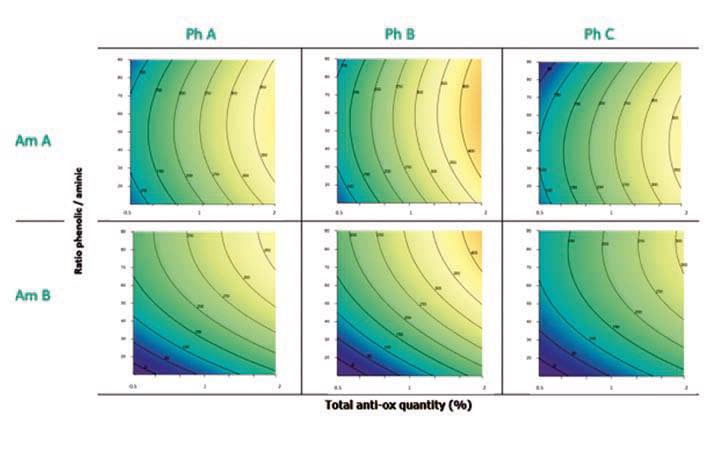
Figure 3: Response surface for ISO VG 46 ester.
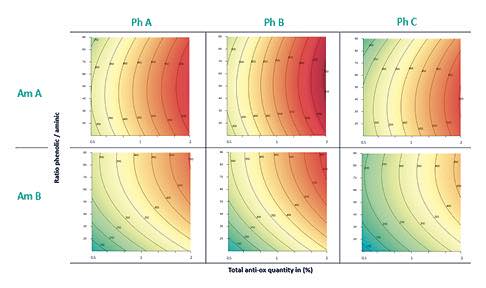
Figure 4: Response surface for ISO VG 150 ester.
The second step, the extrapolation of the “ester model” on grease, showed some abnormal results, and unfortunately, the conclusion was that our “ester model” could not be directly extrapolated to grease. A complement DoE on grease need to be carried out. Global results of RSSOT ester compared to RSSOT on grease
(figure 5) are interesting, since the RSSOT results of each AO combination in grease are close or mainly better than the combination in ester. The “ester model” could not give an exact result when used in the grease, but gives a very useful trend. (Oxygen diffusion, absorption speed, synergy effect with sulfonate, these options need to be studied).
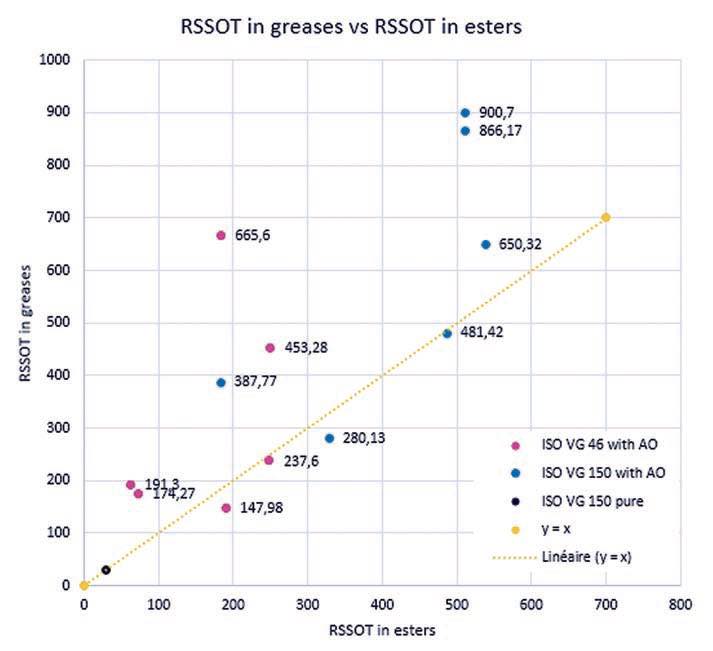 Figure 5: Comparison between RSSOT results on ester versus grease.
Figure 5: Comparison between RSSOT results on ester versus grease.
According to the results from this 2 DoE, we were able to optimize the best ratio of aminic/phenolic AO, and the global amount of AO in the grease.
To sum-up, with the DoE done on ester (40 experiments), we were able to correctly predict which categorial factors (AO chemistry and ester type) will increase the grease oxidation stability, but not their formulation (continuous factors - Ratio Am/Ph). These continuous factors need to be modelized directly in the grease by an additional DoE (10 + 3 experiments for optimization). Results are positives, RSSOT on grease have been improved from 30 minutes up to over 900 min for ISO VG 150 / NLGI grade 2 or to 870 min for ISO VG 46 / NLGI Grade 0.
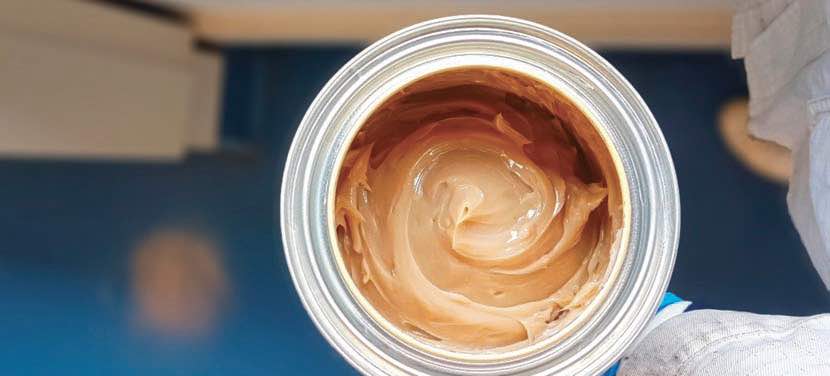
In conclusion, SEQENS expands the offer on biodegradable OBCaS, and opens the way to new opportunities for lubricant’s manufacturers, by being able to choose 100% of the OBCaS grease carriers, to shorten the study and to propose OBCaS grease customization.
1. Notheaux, M.Legatte, “Fully Customizable Calcium Sulfonate Greases for Optimum Performances” TLT / Nov 2021 / Vol.77 / NO.11 pp 66-69, Available here.